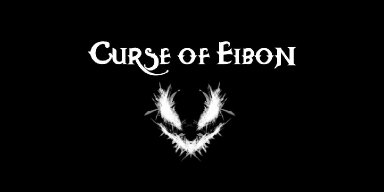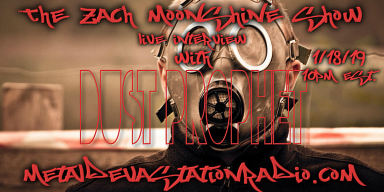
As people spend more and more time moving from working on their computer to relaxing on their phone and back, print seems to be less and less relevant. People don't want to carry around books any more, they don't want to search the shelves for information, and they don't want to awkwardly try to prop open a book when playing the guitar on their bed.
But for generations of guitarists, books were the only way to advance. In fact, in their recent review of the best guitar books , KillerGuitarRigs.com made the point that guitar books were the YouTube of the 90s. Indeed, I can remember passing around copies of The Guitar Handbook among my group of friends for years. The new guitarists would look at the pictures of cool guitars at the front, the more experienced guitarists would study the jazz theory in the back.
However, today's guitarists are increasingly turning to YouTube to move them forward in their musical journey – but that is not without it's challenges. While YouTube guitarists are quickly replacing rock stars as the aspirational figures for many of today's guitarists, the path to getting to that level of ability is often made more difficult by some of the drawbacks of learning from YouTube.
In reality, many of today's guitarists don't even think about learning from books, because their lives are all screen reading. But there's definitely value in books... Right?
Let's take a look.
Pros Of YouTube
The glaring pro of learning guitar from YouTube is the quality of talent on offer, and how niched down it can be. If you go on Amazon, you'll find maybe three books about metal guitar – at most. If you look on YouTube, you'll find thousands of metal guitar lessons from hundreds of experts – and you can even niche right down into whatever subgenre of metal you love, and find someone explaining both the theory and application of it in exquisite detail.
In this way, YouTube has an obvious and gigantic advantage over books.
Another huge plus is that you can see and hear musical concepts and techniques being applied in real time, whereas with books you can only read and imagine it. I know I've gone down too many rabbit holes with books over the years where an error in the text has lead me to being utterly confused about a minor – or major – point in the lesson. This can of course lead not only to wasting huge amounts of time, but also potentially setting your ability back as you perform techniques incorrectly, or apply theory incorrectly.
Cons Of YouTube
The glaring con of learning guitar from YouTube is that there's no structure unlike other courses Almost every video on YouTube is designed to exist as a standalone entity. Few if any of YouTubes thousands of guitar teachers make any effort at stringing videos together in any sort of order that builds technique on top of technique to walk the viewer from one level of proficiency to another.
This means that you're basically left learning the guitar in a scattershot manner. It also means it's next to useless for beginners – sure you can learn the five best chords for gypsy jazz, but that's no use to you when you don't know how to play a chord with your left hand while strumming with your right.
Books on the other hand are typically set up as a course to be learned in order that will lead you from one point of ability to another. A beginners book won't last you ten minutes like a YouTube video, it will take you through months of learning, bringing you up to speed to the point where you are comfortable with the knowledge imparted.
Conclusion
At the end of the day, the smart way to learn is to do both. Early on as a learner, pick out a good book, start at the beginning, and when you need to see a concept demonstrated, look it up on YouTube. When you want to learn something hyper focused, check it out on YouTube. When you want to get from ability level A to level B, find a book and stick to it.
Before you know it, you'll be playing with the best.
Reviews - Interviews - Promo - Radio Play
Contact zach@metaldevastationradio.com












